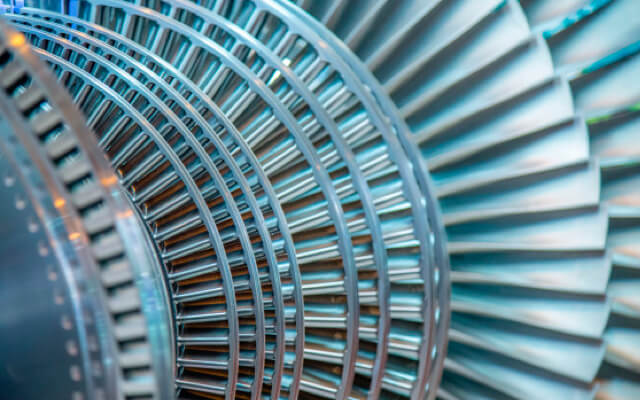In the ever-evolving landscape of manufacturing, automation and robotics have revolutionized the way welding is done. Modern welding shops are increasingly turning to automation and robotics to improve efficiency, quality, and safety in their operations. In this article, we’ll explore the role of automation and robotics in modern welding services and how they are transforming the welding industry.
- Increased Efficiency
One of the primary benefits of automation and robotics in welding shops is increased efficiency. Automated welding systems can work continuously without the need for breaks, resulting in higher productivity and faster turnaround times. Additionally, robots can perform welding tasks with a high degree of accuracy and repeatability, leading to fewer errors and rework.
- Improved Quality
Automation and robotics have also led to improved quality in welding services and operations. Robots can consistently produce high-quality welds, ensuring that each weld meets the required specifications. This is especially important in industries where weld quality is critical, such as aerospace and automotive manufacturing.
- Enhanced Safety
Safety is a top priority in welding shops, and automation and robotics have helped improve safety standards. By automating welding processes, welding companies can reduce the risk of injuries to workers from exposure to hazardous materials and high temperatures. Additionally, robots can work in environments that may be too dangerous for humans, further enhancing safety in welding operations.
- Cost Savings
While the initial investment in automation and robotics can be significant, the long-term cost savings can be substantial. Automated welding services can work faster and more efficiently than manual labor, leading to lower labor costs over time. Additionally, robots can reduce material waste and rework, further lowering costs for welding shops.
- Flexibility and Adaptability
In modern welding services, robots are highly flexible and adaptable, capable of performing a wide range of welding tasks. They can easily switch between different welding processes, materials, and weld configurations, making them ideal for high-mix, low-volume production environments. This flexibility allows welding shops to respond quickly to changing customer demands and market trends.
- Remote Monitoring and Control
Automation and robotics have also enabled remote monitoring and control of welding operations. Welding shops can now monitor their automated systems in real-time from anywhere in the world, allowing them to quickly identify and address any issues that may arise. This remote monitoring capability improves efficiency and reduces downtime in metal welding services.
- Environmental Benefits
Automated welding systems are also more environmentally friendly than traditional welding services methods. Robots produce less waste and consume less energy than manual labor, reducing the carbon footprint of welding operations. Additionally, robots can be programmed to optimize welding parameters for maximum efficiency, further reducing energy consumption and waste.
Conclusion
Automation and robotics have revolutionized the metal welding service industry, providing welding shops with increased efficiency, improved quality, enhanced safety, cost savings, flexibility, adaptability, remote monitoring and control, and environmental benefits. As technology continues to advance, the role of automation and robotics in modern welding companies will only continue to grow, shaping the future of welding for years to come.







